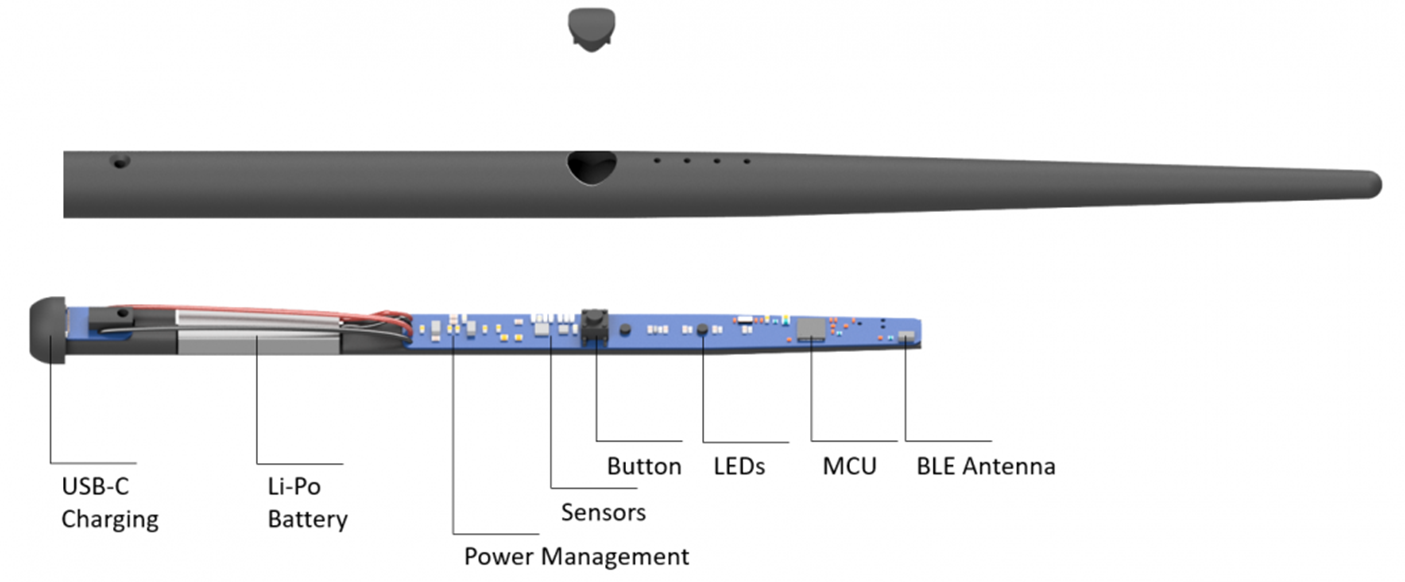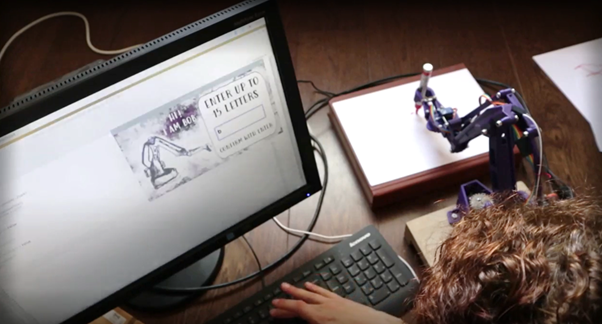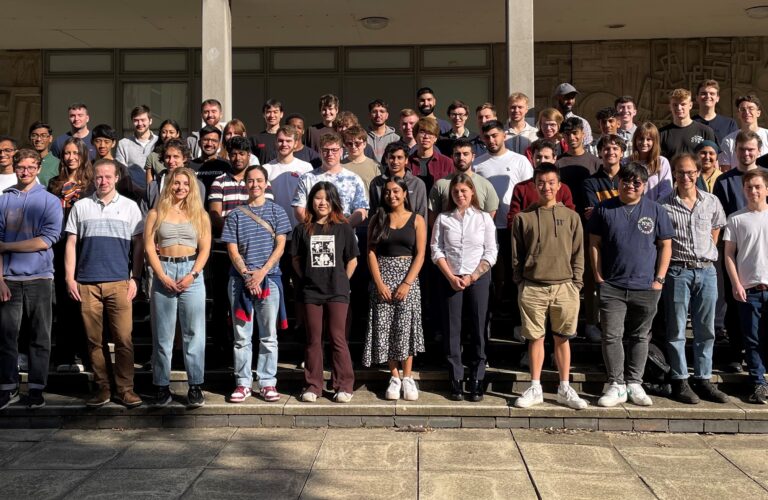The biggest impact this project had on me was the introduction to deep learning.
Yanislav Donchev
Last year, with the support of our friends at UltraSoC, we launched a competition to showcase excellence, which can be entered by Electronics students completing a major individual project on embedded systems. The inaugural winner was Yani Donchev from the University of Southampton. His ‘drumless’ drumming concept was based upon embedded MEMS motion sensors interfaced with a microcontroller that connected via Bluetooth to play through a smartphone. We were so impressed with his project that we asked Yani to tell us more about it.
If you told a non-engineering person about a normal-looking drumstick that connects to your phone via Bluetooth and allows you to play the drums in the air, their jaw would drop to the floor. At least that is the reaction I received when I showed my engineering dissertation project to friends and family. The engineer’s mind-set not only gives one the ability to understand how things work, but it also gives the power to build the things one imagines. In this short post, I will briefly introduce the air-drumming project I worked on during the third year of my Electrical and Electronic Engineering degree – an idea that lived in my imagination before my engineering knowledge turned it into reality.

First, what does the product of the project do? I could write a paragraph explaining it, but I think that a short video demonstration will do a much better job.
The concept behind my air-drumming project is extremely simple: find large, sharp peaks in the acceleration of a drumstick – these correspond to “drum strikes” – and send a wireless triggering signal to a phone to play the sound. This is visualised below:

Of course, there are two other problems to be solved – detecting which drum has been struck and how hard it was struck. I will briefly hint that for these, the velocity of the drumstick before the strike and its orientation during the strike are used. A more detailed description for the curious readers is available in my dissertation. Once the problem of air-drumming was broken down to three well defined and simple to solve problems, the rest of the work included the use of CAD software, programming, and countless design iterations based on the close work with a professor from the music department from my university.
Thinking of a concept is easy, turning it into a product is hard but fun. I thought of the concept for the air-drums during my first year at university, but it wasn’t until my third year that I had the knowledge and skills to create the product in the video. During this process I learned a ton about user experience, time management, budgeting, supply chain and manufacturing – invaluable knowledge that will find great use in my career. I am glad that I chose to study engineering and look forward to innovating and shaping the future.
For more information about the Embedded Systems Competition, please click here.




